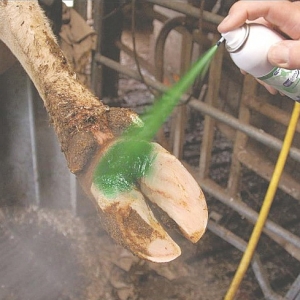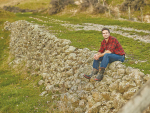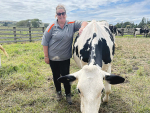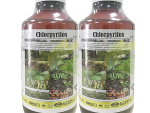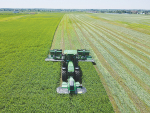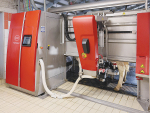Southland sharemilker Kevin Louw relayed how, with the help of DairyNZ’s Healthy Hoof programme and some investment from his farm’s owner, he and his staff have slashed foot problems from 5-10 new cases/day, to one or two a week.
What’s more, those cases are now caught early and cows generally recover in a few days, whereas previously it was weeks, or in the worst cases, not at all.
“It got incredibly bad: at one point during calving we had more cows in the lame mob than we had in the colostrum mob,” he told Dairy News after the conference. “A good 20% of the herd was lame and it was all imploding upon us. Healthy Hoof was something we could hook onto and follow and it started to work.”
That was at the start of the 2011-12 season, his first on the 440-cow farm near Edendale. After an assessment visit (see sidebar) Louw’s Healthy Hoof provider Kristen Willis, of VetCo, highlighted a shortage of yard space, misuse of the backing gate, a track bottleneck at the shed, and disrupted cow flow due to using a chain behind the cow in the end bail.
Poor visibility into the shed for cows coming in during daylight hours further hampered cow flow, as did slippery concrete at the entrance and exits. “It was dark in our shed so we water-blasted the windows and the owner put in rubber matting at the entrance and exits,” Louw told the SIDE audience.
But while the infrastructure changes help, big improvements from better staff training and stockmanship alone can be made, he stresses. “I grew up on a farm and you tend to assume people know what to do, but they don’t and you’re not there all the time so you’ve really got to have buy-in by your staff so they think the same way as you.”
Louw says they now have a “no heads-up” rule when moving stock, as a head up indicates a cow being pushed too hard.
Paddock gates are opened 20 minutes earlier to allow cows to make their own way to the shed and the backing gate’s been slowed down and is only used to take up space, not push cows.
They don’t worry about cramming every last cow onto the yard at the start of milking anymore, and all lame cases are recorded in detail: type, date, treatment, hoof affected, recovery, etc.
A wall chart plotting the reduction in lame cow cases proved a great motivator for the team, showing their efforts yielding results. When there was a slight increase, a meeting revealed some old habits coming back in and a training refresher soon got things back on track.
As a sharemilker, implementing management changes makes it easier when sitting down with the farm owner to discuss infrastructure improvements, he points out. “Immediately it’s not a them-and-us situation: we’re in this together.”
While there will be other management factors involved, he believes Healthy Hoof played a key role in lifting production from 168,000kgMS in 2011/12, to 186,000kgMS last year. Empties were also down from 9% to 7%.

